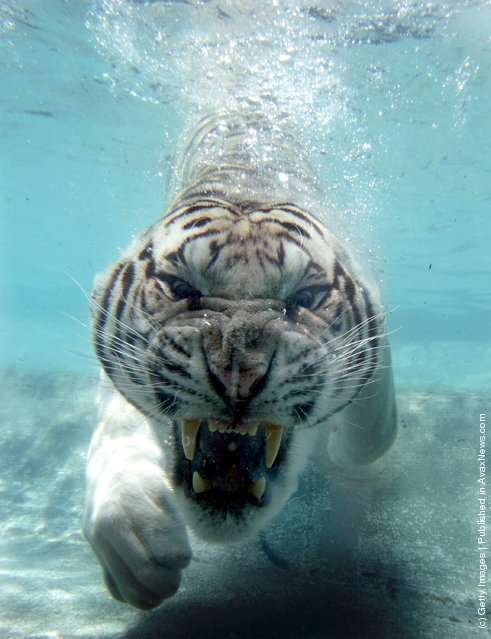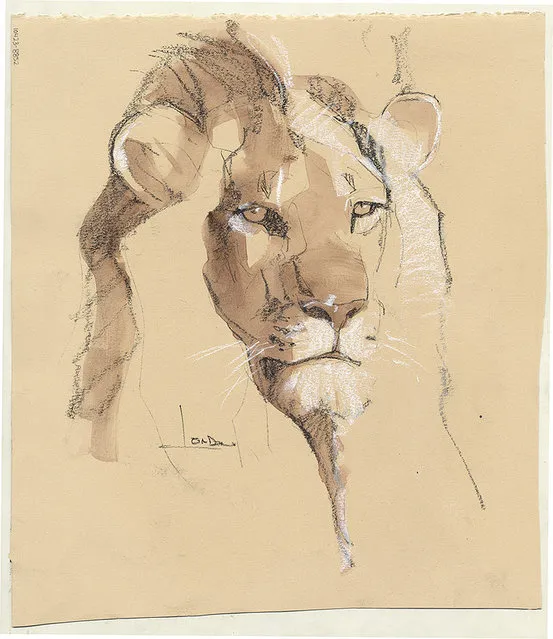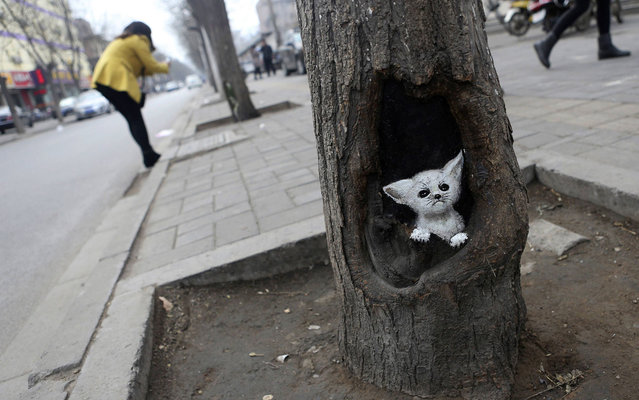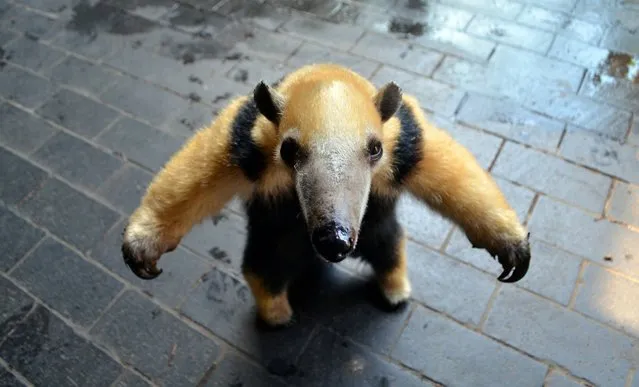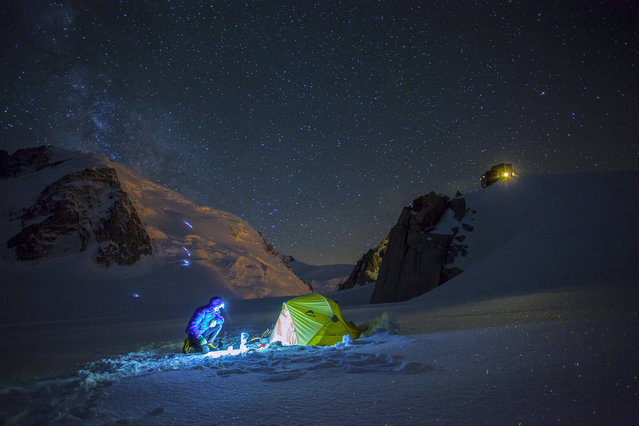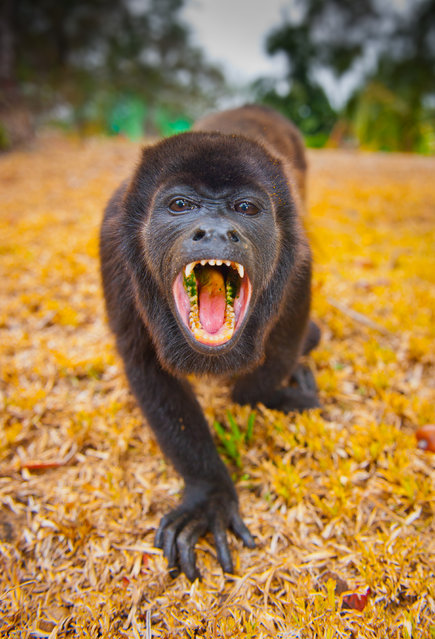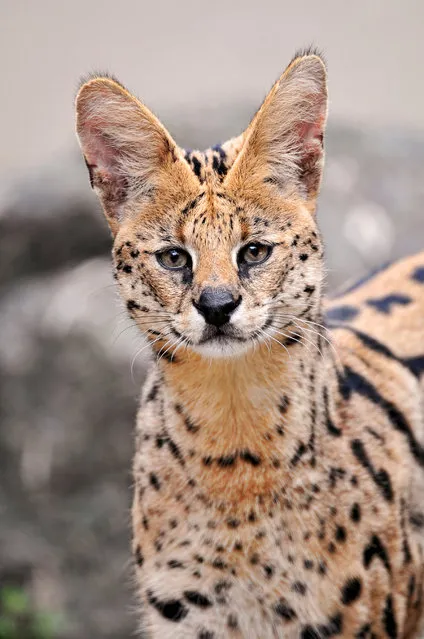
This is a serval of the zoo of Amnéville, and yes indeed, he has big ears, servals are well known for that!
Emmanuel Keller began his photography in the late 1990’s when he was inspired by the emerging technology of digital photography and also by simply watching animals. Popularly known as “Tambako the Jaguar”, Emmanuel inspires many people with his photography. ...
Emmanuel Keller began his photography in the late 1990’s when he was inspired by the emerging technology of digital photography and also by simply watching animals. Popularly known as “Tambako the Jaguar”, Emmanuel inspires many people with his photography. ...
11 May 2015 09:51:00,post received
0 comments

